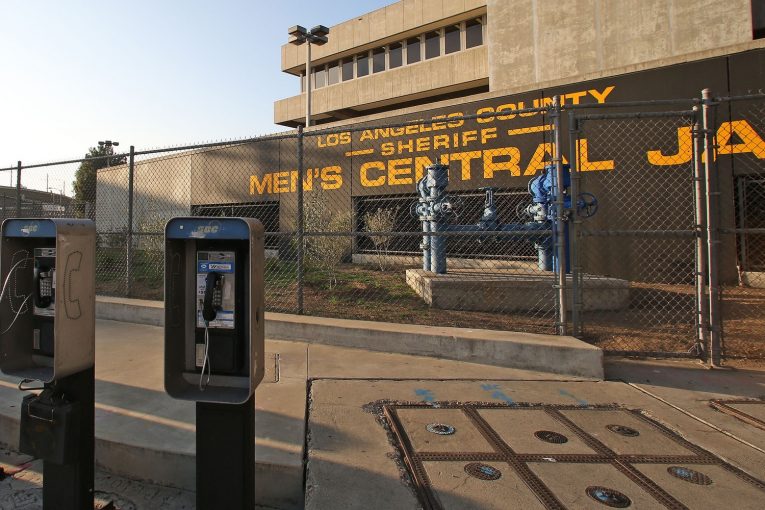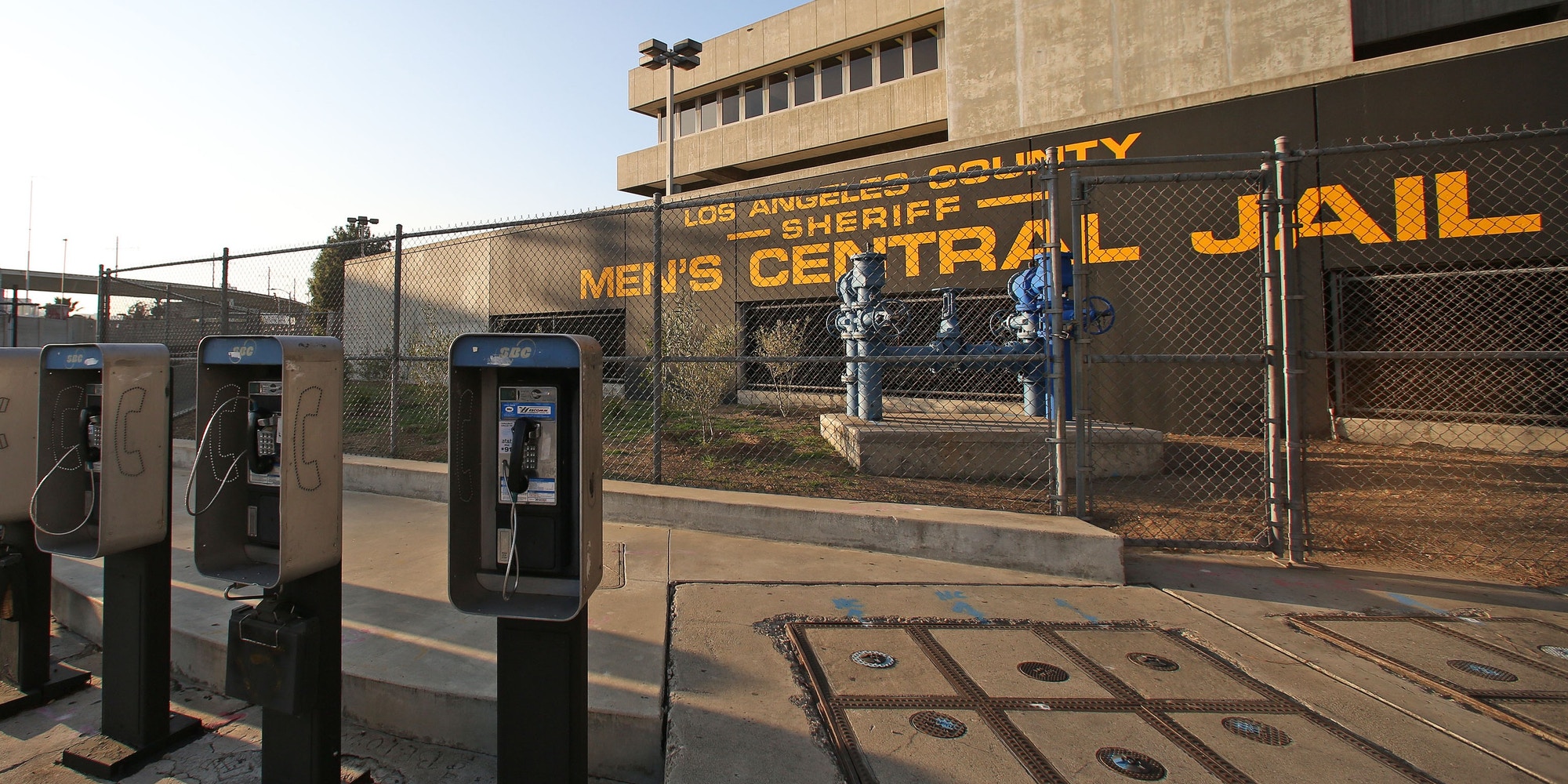


By John L. Orr
After my booking and intake procedures at L.A. County Jail in January 1995, prosecutors immediately began dumping many boxes of “discovery” material (documents related to a case) on my lawyers. A clerk developed a 140+ page index to catalog the mass for my pretrial review.
Unable to keep more than 1-2 boxes in my filthy, cramped one-man cell, I scanned the index and ordered up pertinent documents. One index file simply said, “Mary Duggan rape/murder, Burbank 1986.” I was not charged with this crime.
This launched a 24-year nightmare where I was considered a suspect in Mary’s death. I had never heard of Mary or her homicide, yet Task Force investigators and prosecutors kept this theory alive as they prepared for my expected month-long trial.
The speculation waned as my trial prep evolved into a nearly four year stay in L.A County Jail, but one detective, Steve Patterson of Burbank, seemed obsessed about pursuing this avenue of persecution. His impetus: I wrote a fact-based fictional manuscript, Points of Origin, and Patterson read it.
The story contained a fictitious attack on a young woman inside her apartment. She was tied up and gagged. The character survived; there was no murder. Mary Duggan, I later read (1996) was kidnapped, tied up, gagged, raped and later found dead in the trunk of a parked car. The bindings and gagging of Mary were vastly different than the scene in the manuscript yet Patterson described this as a “similarity.” Still, the obsessed detective broadcast his accusations every chance he got. He spent more trial prep time on attempting to tie me to Mary’s murder than on the instant case-arson, using a fictional novel as a template.
While not a classic “mistaken ID” by a witness viewing a mug shot or physical line-up, the rantings of a highly visible Task Force member carried weight with the public (jury pool) and my already anxious family. Trying to avoid the media, my wife heard about the murder implications from one of my coworkers.
In a 2019 book by Aaron Spolin (Witness Misidentification in Criminal Trials), the experienced defense attorney says, “Accidental misidentifications are not only the leading cause of faculty convictions, but also the cause of more faulty convictions than all other causes combined…”
Patterson continued his biased research of Points of Origin and at a weekly meeting approached an old colleague of mine, Sergeant Wally Scheurell, L.A. County Sheriff’s Department, a Task Force leader. As documented in Joseph Wambaugh’s true-crime book about my case, Fire Lover (2002), Patterson said, “Wally, look at this similarity in Orr’s book… A lead character in Points of Origin is named Chris Kilmary. Patterson continued, “He’s taunting us. He named a woman Kilmary…”
The patient sergeant, still perplexed, needed further guidance so Patterson enlightened him. “Orr named her Kilmary-Kilmary, get it? KILL MARY.” (The character was named after a street in Glendale near where I lived in the 80s.)
The sergeant walked away. The rest of the Task Force froze Patterson out of my case but the inference I killed Mary lived on in perpetuity through Wambaugh’s bestselling book. An entire chapter in Fire Lover is devoted to Patterson and my “linkage” to Mary Duggan’s murder.
I was never charged but even after my wrongful conviction in the arson case in 1998, the ominous aura affected my relationship with my two daughters, wife, and coworkers/friends. Subsequent documentaries and a podcast involving Mary Duggan were broadcast.
On November 14, 2019, Burbank homicide detectives announced the arrest of Horace Van Vaultz, Jr., for the murder of Mary Duggan and another young woman in 1986. Genetic genealogy tied Vaultz to the killings, through a DNA match, during a period when he lived in Burbank. Mistaken ID, Patterson.
Another mistaken ID of me, early in my original 1991 case, came from a “highly trained observer,” an L.A. County Sheriff’s Deputy. The “eyewitness” came forward after my well publicized arrest and saw my photo in the L.A. Times. He told Task Force investigators that he remembered I was in a crowd at a fire in Lawndale, California and “flashed a badge to gain entry across police lines-nine months after the fire.
I knew I was not there, and with 12 years of investigative experience I launched a 5-week-long search for the man who actually talked to the deputy at the fire.
Out on bail and on home detention, I worked the phones and networked with former co-workers, including one fence-sitting Task Force member, to find the man from Lawndale.
In early February 1992, I got a phone call from Barry Pope, an old friend and fellow arson investigator. He said, “John, I hear you’re looking for me-I was at that fire in Lawndale and I remember flashing my badge at the deputy.” He added, “Another fireman caught it on video.” The video was tracked down and clearly shows Barry and the “eyewitness” deputy talking from less than 10’-15’ away, burning building in the background. Barry bore little resemblance to me.
The revelation countering the deputy’s ID of me, although exonerating, made little impact. Headlines, news segments and an extensive local fire service/law enforcement grapevine already blared the deputy’s “positive” ID of me “30 miles out of his jurisdiction at a fire scene.”
There were no retractions; the deputy quietly dropped from the witness list. One Task Force investigator I talked to months later mentioned the deputy’s positive ID of me and I had to remind him the ID was refuted in a video tape. I asked him to come by my house to watch the evidence and he declined. The damage was done—you cannot unring the bell. This contact proved such mistaken IDs can provide impetus to detectives that they have “the right guy.”
Several other provably mistaken IDs floated around throughout my case, living in the Task Force primarily. A few made their way to trial presentation in the death penalty phase as “unchanged acts;” unrefuted by defense lawyers.
In my experiences as an investigator I noted many instances where other detectives relied on marginal, faulty, and even malicious witness statements/IDs, tainting their obviously weak cases. Some witnesses simply want to participate in a criminal case to bask in the attention. The Germans have a word for it. Schadenfreude: malicious enjoyment derived from observing someone else’s misfortune. Or simply self-aggrandizement.
Prosecutors, detectives and their supervisors need to monitor their reliance on questionable witness statements of IDs and lessen dependability on such speculative leads. Even the best witness ID of a suspect should be considered circumstantial evidence and supported only with real corroboration.
In conjunction with a list of over 750 criminal case exonerations with a mistaken ID component, Aaron Spolin’s book supports his quote, “Witness misidentification destroys lives of innocent people.”
Other mistaken IDs, as well as defense and prosecutorial errors leading to my wrongful conviction are outlined in my 2008 memoir: Points of Truth—Revelations of “the most prolific serial arsonists of the 20th century” available on Amazon.com. I receive no royalties from the book.
